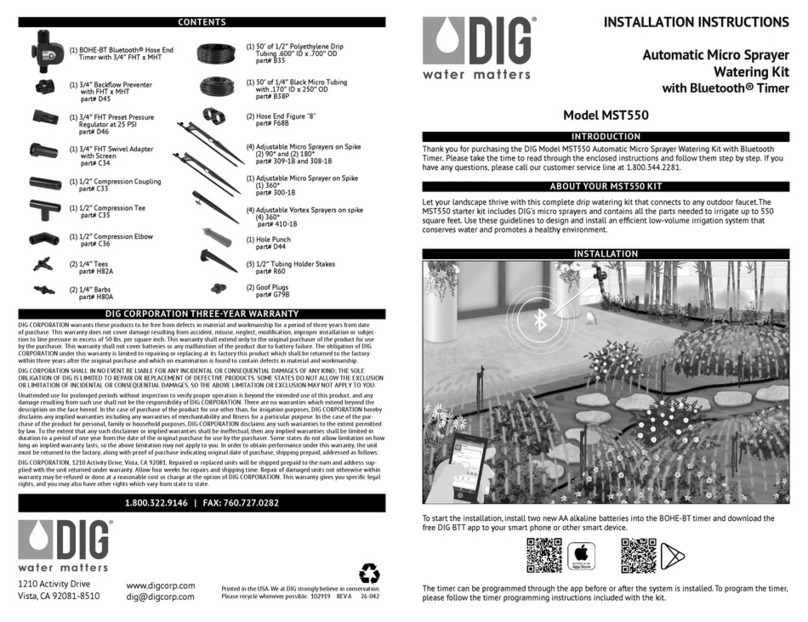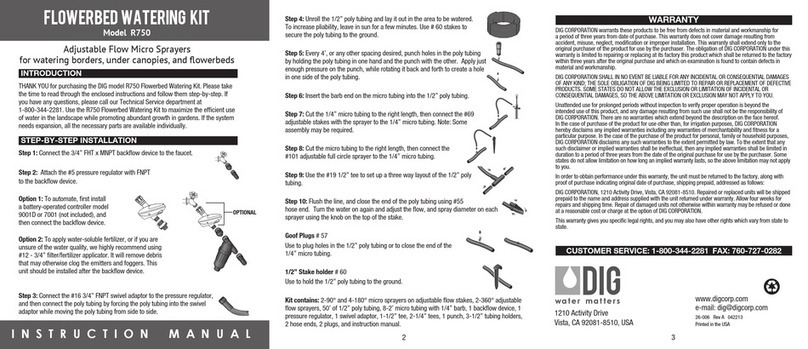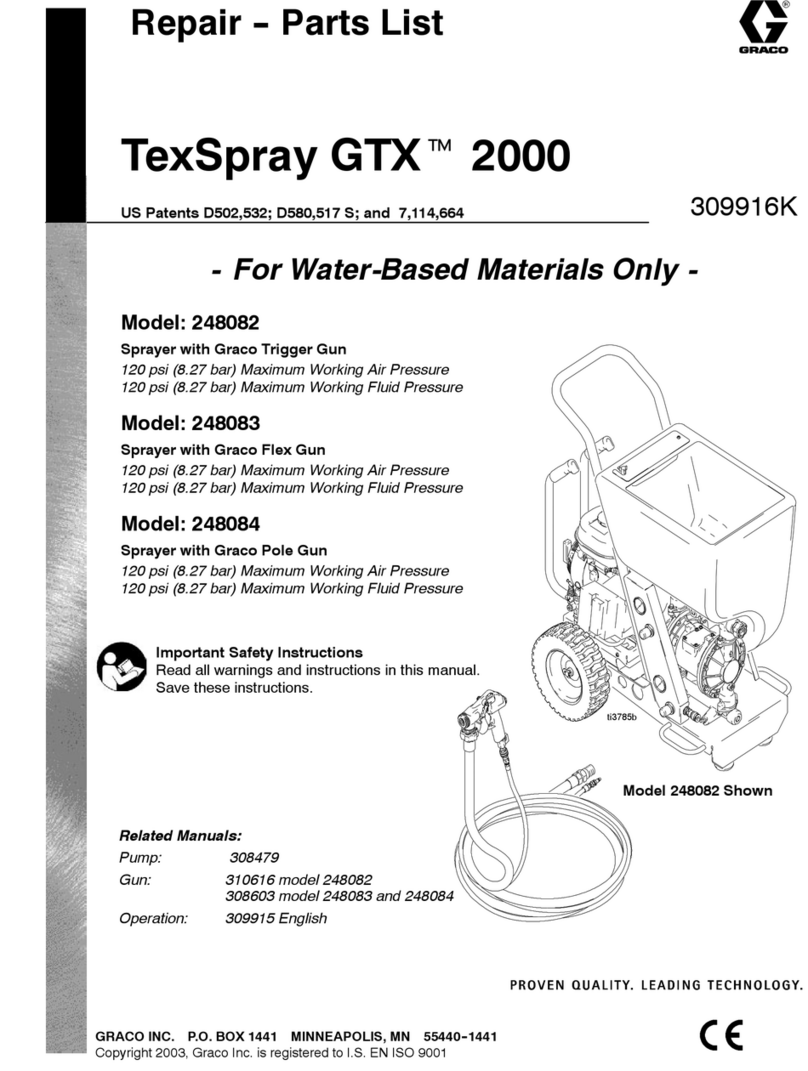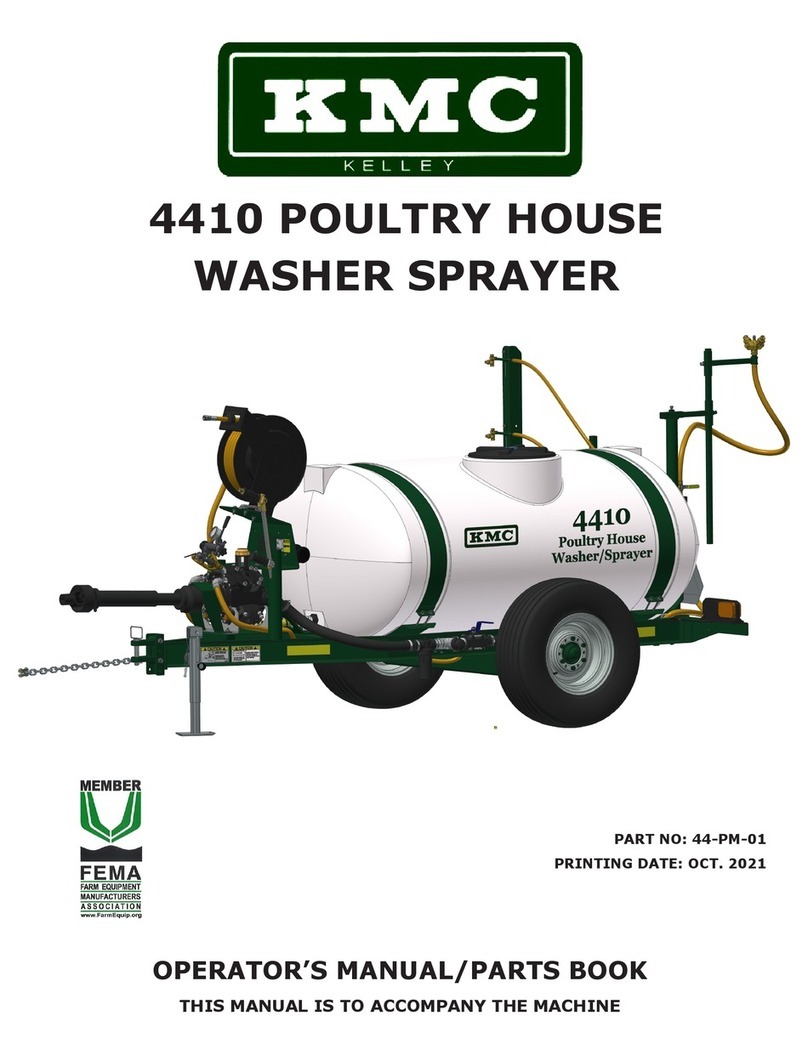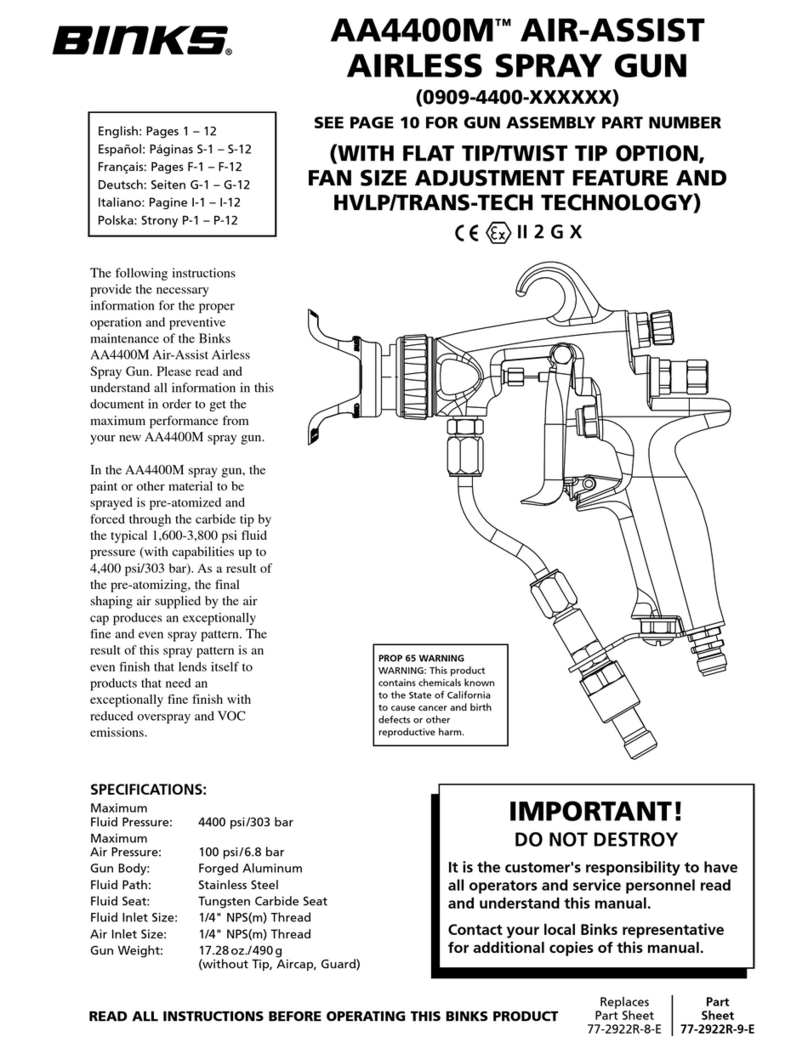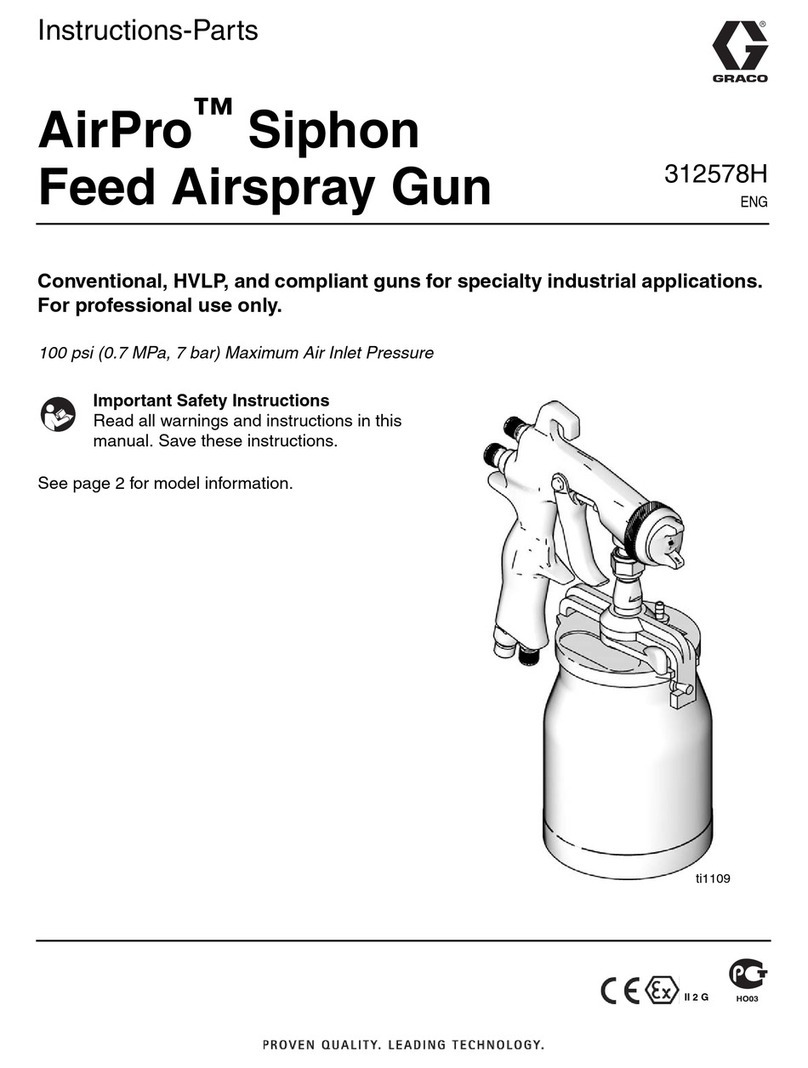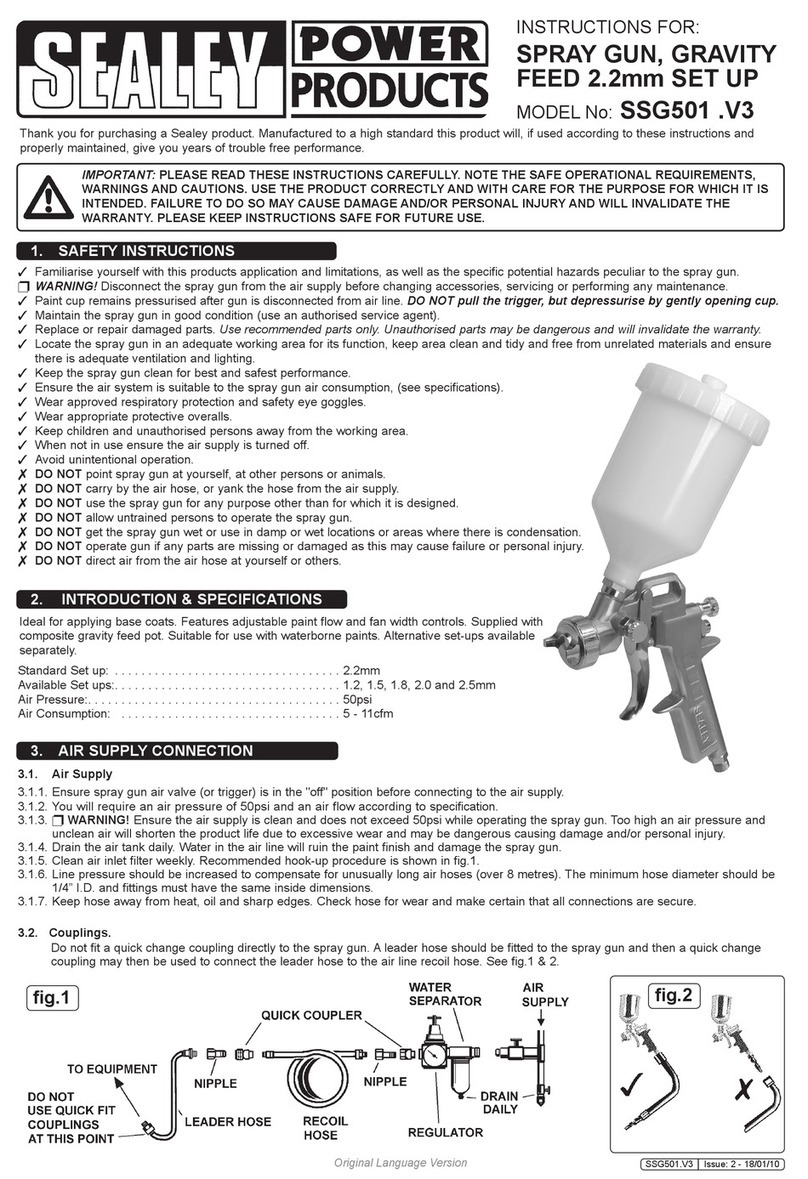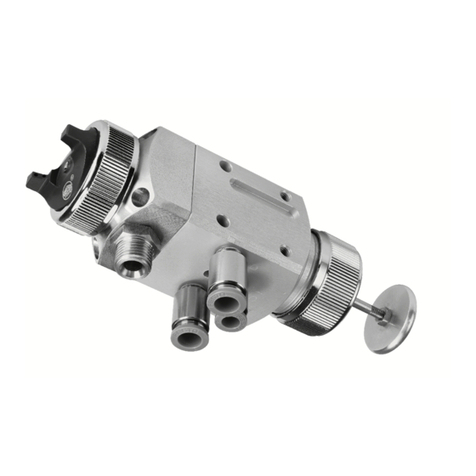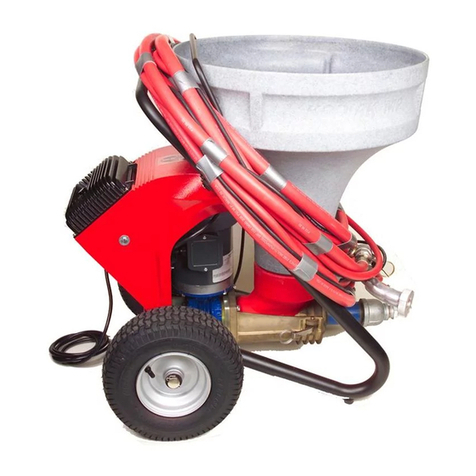DIG 7750BB User manual

About
The 7750BB Micro Mist Sprayers on 12/24 large threads spray a full-circle, fine-mist flat pattern to a maximum diameter of
7.2' with a flow range of 5.3 to 7.4 GPH at 25 to 50 PSI. They are available in a one-piece construction that includes thread to
connect into micro tubing, directly to the drip tubing, or to extend using a PE riser. Use the mist sprayers where overhead
watering is suggested on any type of planting, including vegetation that requires moisture, flowerbeds, seed germination, in
planter boxes and for large pots.
For complete coverage of an area, the recommended spacing is 3’ to 5’ between each micro spray head to a maximum
distance of 99' to 135’ in length using 1/2” drip tubing as the main lateral. Like micro sprinklers, these micro mist sprayers
operate at low pressures and require a filter to protect the water passages of the sprayer. The main advantages of the micro
mist sprayers are their small size, lack of moving parts and fine droplets, allowing them to fit in any area.
Micro sprayers are an efficient and reliable method for applying water. To cover densely planted areas, place the micro
sprayers close together in rectangular or triangular spacing for good overlapping irrigation and better uniformity. Do not use
them in windy areas as their small-sized droplets can be easily dispersed in the air, even under low-to-moderate wind
conditions, adversely affecting uniformity. A main advantage of low-flow micro irrigation is that a relatively large number of
micro sprayers can operate simultaneously with a small pipe.
Installation suggestions
Basic installation recommendations for this product include first reviewing the area and then making a drawing of the garden
or site with your preferred layout.
If automation is required, use one of DIG’s hose end timers or battery operated controllers. The ideal controller should have
flexible scheduling and two to four start times per day for added flexibility.
Start the installation from a PVC pipe or to pipe thread
1. If the system installation is started from a PVC pipe, first shut off the main water supply.
2. If an automated system is preferred, we recommend installing a 3/4” ball valve or gate valve before the battery
operated controller or AC valve, if used. This ball valve can be very useful as an emergency backup to turn the
system off. This type of arrangement is used by professional installers.
3. Turn the water supply on to flush the line and then shut the water supply off using the new ball or gate valve.
4. Install an AC valve or battery operated controller, wrapping TEFLON tape on all the male thread fittings used.
5. Turn the water supply on again to pressurize the system. The unit will open momentarily and then will shut
off.
6. Test the valve or the battery operated controller and make sure that it is working correctly.

7. After the AC valve or battery operated controller, add a 3/4” screen filter with 155-mesh (model D55). The
screen filter is used to protect the drip system. Next, add a preset 25-PSI pressure regulator (model D46P) or
adjustable pressure regulator (model PRV075) for operating under higher pressure. The pressure regulator is
used to lower the pressure to the suggested operating pressure for micro sprinklers and micro sprayers. Follow
with a 3/4” swivel adapter (model 50001) to the drip tubing or 3/4” PVC thread x slip adapter to the PVC line.
Start the installation from a faucet or hose thread
1. If an automated system is preferred, install a hose end timer.
2. Test the hose end timer and make sure that it is working correctly, then program it. To the hose end timer, add
a backflow device (model D45), then a 25-PSI pressure regulator (model D46) and follow with a 3/4" swivel
adapter with a screen (model C34). If water quality is a concern, we highly recommend using a 3/4" filter with
155 mesh (model D57A).
Product installation
1. Using the drip tubing as the main lateral or as a sub lateral, lay out the drip tubing per your layout drawing.
Secure the drip tubing to the ground using stakes (model R60). Secure the drip tubing to the ground in key
areas and add more stakes as you unroll the drip tubing. Add stakes every 20'-30’ and at the end of each
section, or as needed. An extra 1% of drip tubing length should be added to each lateral to compensate for
contraction at low temperature.
2. Throughout the installation and per your drawing layout, add, if needed, 1/2” fittings such as tees (model C35)
and elbows (model C36), leaving the end of the drip tubing open. To install the 1/2" compression drip fittings,
cut the drip tubing with a hand pruner, being careful to keep dirt from entering the line. Hold the fitting in one
hand and the drip tubing in the other and force the drip tubing into the compression fitting by wiggling it from
side to side.
3. The micro sprayers are installed along the drip tubing at varying or at specific intervals. The distribution
uniformity of water from the micro sprayers along the line depends on the incoming pressure, number of micro
sprayers used per lateral, and the length of the laterals. Special care should be taken to ensure high uniformity
of water along the laterals by not exceeding the product recommendations (see chart).
4. To install the micro sprayer, cut a length of 1/4” micro tubing, not to exceed four feet (vinyl - models B38 for
50’ and B38100 for 100’, or poly - models B38P for 50’ and B38100B for 100’). To the micro tubing end,
insert a 1/4” barb (models H80A for pack of 10 and H80B for pack of 50). To the other end of the micro
tubing, thread the micro sprayer. Use a long stake to secure the micro sprayer to the ground, keeping the micro
sprayer head at a minimum of 8” to 10” above ground for best coverage. Punch a hole into the drip tubing

using the small punch (model D44) or the gun punch (model 16-035), and snap the 1/4” barb at the end of the
micro tubing into the drip tubing.
5. Turn the water on and flush the line.
6. Close the end of the drip tubing using the hose end (model Q58) or figure “8” (model F68B).
7. Pressure-test the system to identify leaks in the drip tubing laterals, fittings and micro tubing, and then
program the hose end timer or battery operated controller.
Table of contents
Other DIG Paint Sprayer manuals
Popular Paint Sprayer manuals by other brands

Kreator
Kreator KRTGR6812 quick start guide
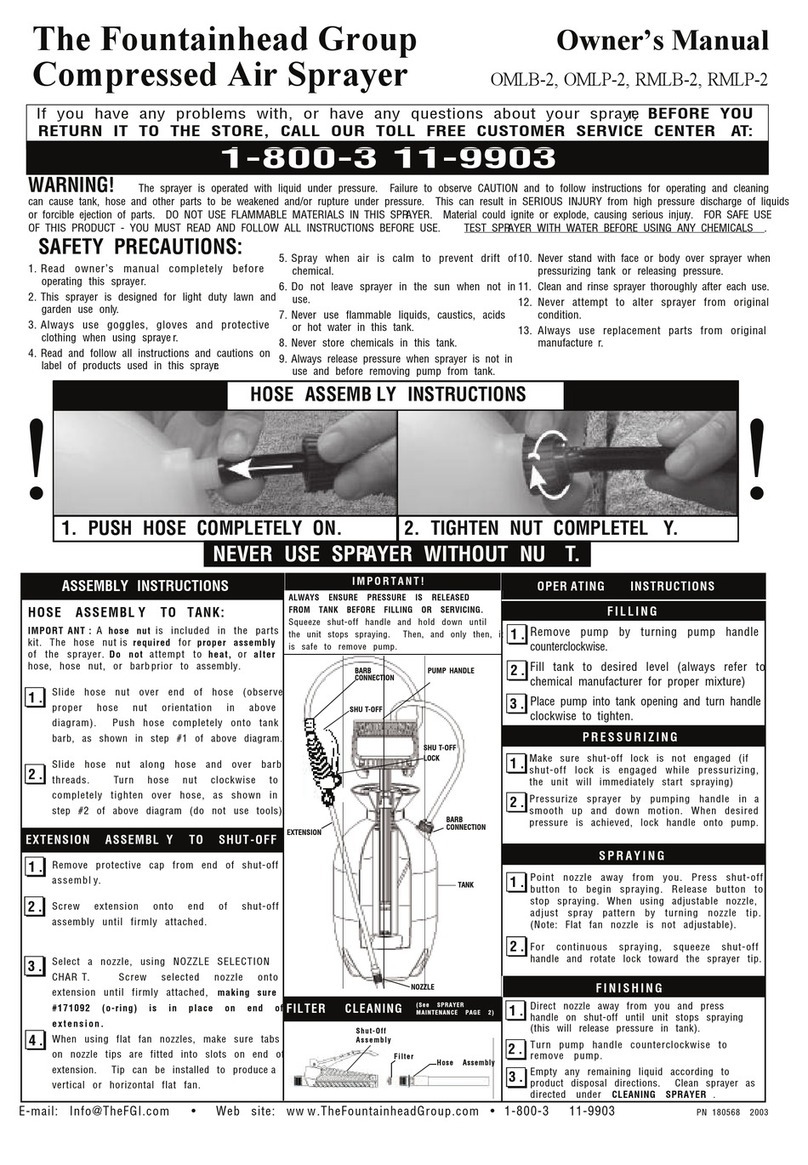
Fountainhead
Fountainhead OMLB-2 owner's manual
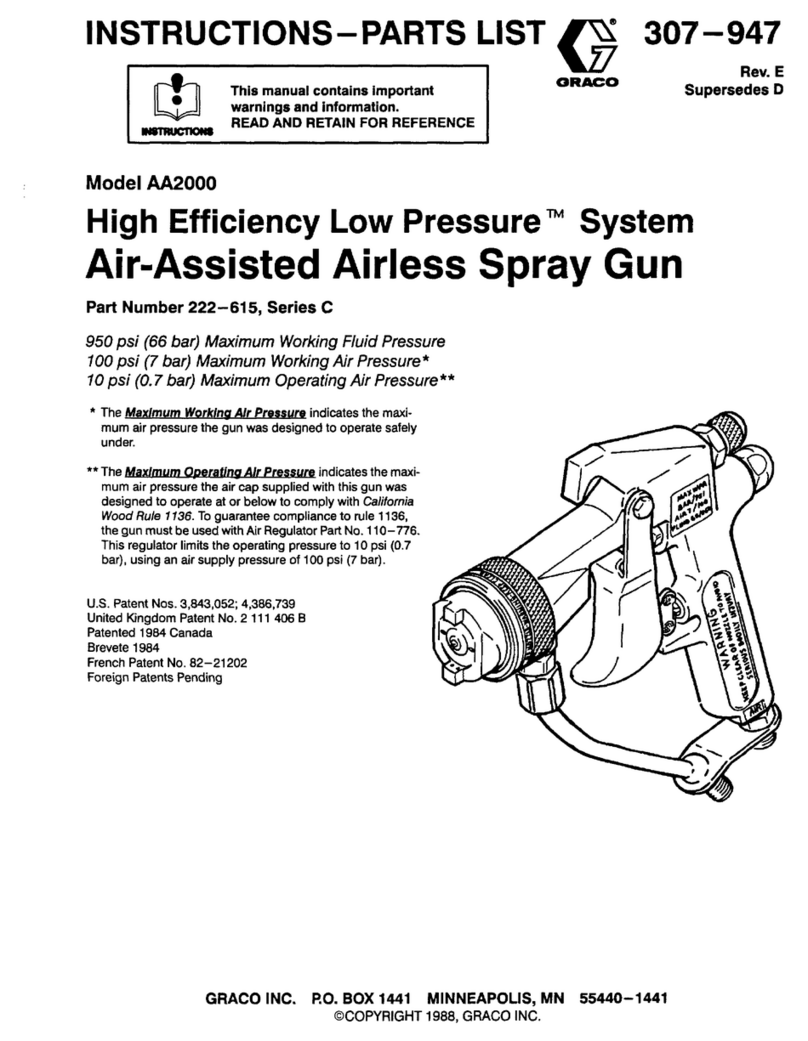
Graco
Graco AA 2000 Instructions-parts list

MATO
MATO pneuMATO 55 Lube-Jet operating instructions
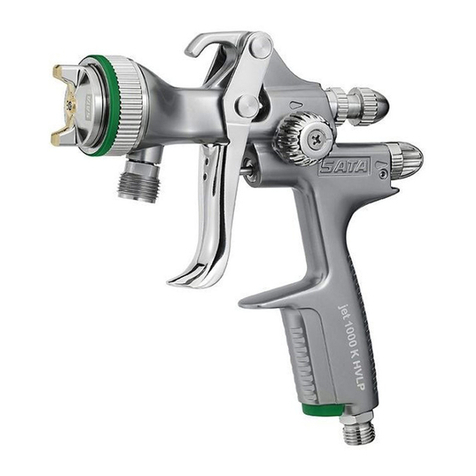
SATA
SATA SATAjet 1000 A RP operating instructions
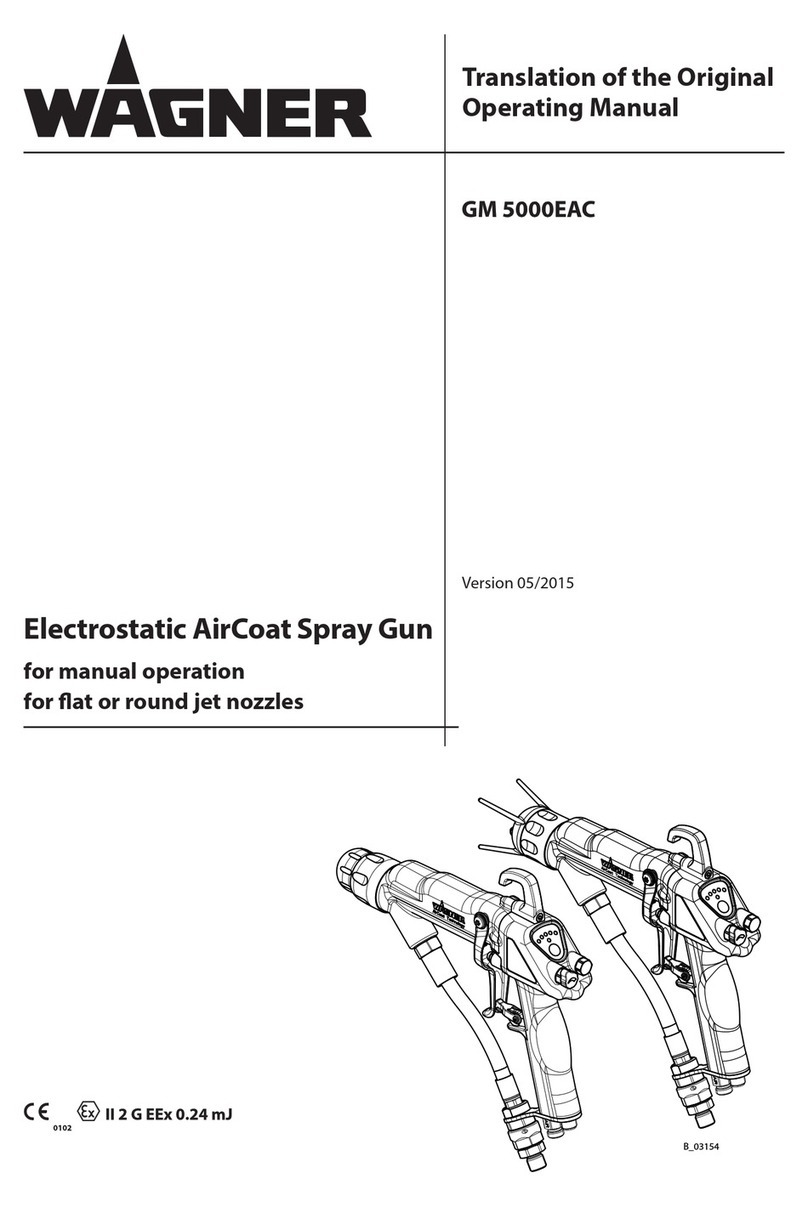
WAGNER
WAGNER GM 50000EAC Translation of the original operating manual
